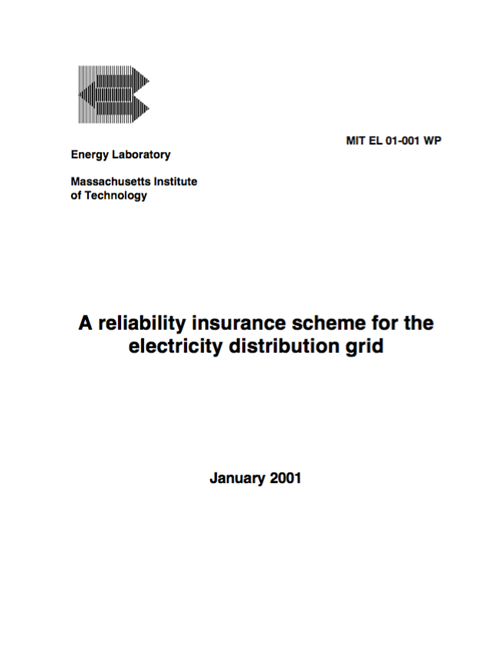In this paper, we examine the interplay of regulatory structures and the use of technology on the electricity distribution grid. The emphasis is on the incentives provided by regulation for efficient investment in capital and technology. Several regulatory structures are examined to determine their relative affects on investments in technologies, especially new technologies that can improve efficiency. These affects are measured in terms of the effects on the costs of delivery and the reliability seen by the consumers. Both Rate of Return and Performance Based Regulation with penalties for reliability failures are assessed for their relative strengths and weaknesses. As a result of this analysis, we find a need for a regulatory structure that provides incentives for both cost efficiency and quality of service. As a result, we propose an insurance scheme for reliability service under performance based regulation for delivery service. Implementing insurance for reliability will allow consumers to provide economic signals to the distribution provider. These signals enable the distribution provider to make economically efficient investment decisions for both capital and technology. The insurance also allocates the risk of outages to the distribution provider (who has control of the system), rather than to the consumer (as it is now). The implementation of reliability insurance also provides a relatively simple method for unbundling the delivery and reliability services and enables consumers to receive differentiated reliability service based upon their value for this service. This paper elaborates upon the proposed reliability insurance scheme and shows how it improves overall social welfare
